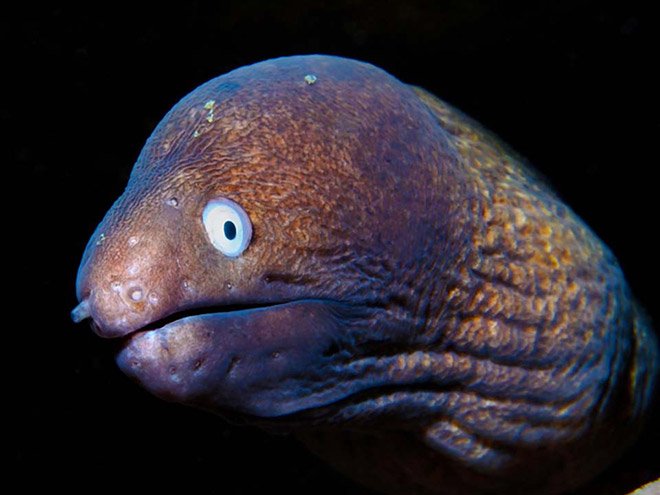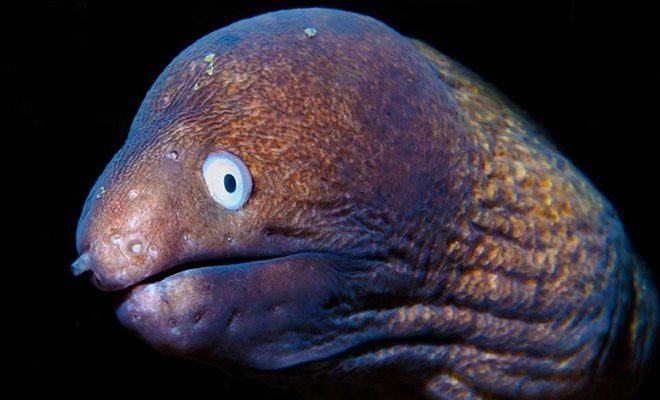
Let’s dive into the fascinating world of eels. From their peculiar life cycles to their remarkable habitats, there’s so much more to these fish than meets the eye. So, grab a cup of coffee, and let’s talk about some cool facts you probably didn’t know about eels!
The Mysterious Life Cycle of Eels
You might be wondering how something so slippery has such a complex life. Eels begin their journey in the open ocean. Specifically, the European eel and the American eel both spawn in the Sargasso Sea, which is this vast area in the Atlantic Ocean. The eggs hatch into tiny larvae called leptocephali that drift with ocean currents for several months. Letting nature do its thing, these larvae eventually make their way to freshwater rivers.
Once they reach coastal waters, they transform into what we call glass eels, which are essentially baby eels still transparent and cute as buttons. This transformation is as if they’re getting fitted for their “boss” suits before heading to their new freshwater homes. They swim upstream into rivers and lakes, where they spend most of their lives before eventually returning to the sea to spawn. Isn’t it wild that eels can travel thousands of miles just to breed?
Eels Can Live for a Long Time
Think about your pet dog or cat, which typically might live about 10-20 years. Eels, on the other hand, have an impressive lifespan. Some species can live up to 80 years or even longer! This longevity allows them to mature and grow in size, making them quite fascinating creatures.
Let’s take the American eel as an example. They can spend decades swimming around rivers and lakes, growing and developing. It’s like they have their own version of a slow-paced retirement before they embark on the adventure of spawning. Imagine all the wisdom they accumulate—spending decades navigating different waters and adapting to changes in their environment!
Eels Have Unique Ways of Breathing
Here’s something intriguing: eels can breathe through their skin! Yes, you read that right. While they have gills like most fish, they also possess a special type of skin that allows them to absorb oxygen directly from the water. When water flows over their skin, oxygen gets absorbed and carbon dioxide gets released.
This adaptation is particularly helpful when eels find themselves in sluggish, low-oxygen waters. It’s like having a backup plan when their primary oxygen source is running dry. Pretty smart, right? This remarkable ability makes them even more resilient in various environments.
Some Eels Can Produce Electricity
Eels aren’t just slippery; some can also deliver a jolt! The electric eel, which is actually a knifefish and not a true eel, has specialized organs that generate electricity. They can produce up to 600 volts of electric shock to stun prey or defend themselves.
Imagine being a tiny fish swimming peacefully, only to encounter a creature that can shock you with enough electricity to light up a small bulb! It’s a wild way of hunting and protecting themselves, showcasing the incredible adaptations that eels have developed over time.
Their Diet is More Varied Than You Think
Eels are not picky eaters. Their diet includes all sorts of tasty morsels, ranging from small fish and crustaceans to worms and even insects. They are opportunistic feeders, meaning they’ll eat whatever is available when hunger strikes.
What’s fascinating is how eels hunt for their food. They often lie in wait, using their camouflage to blend in with the surroundings. When a potential meal swims too close, they strike with lightning speed. Picture a stealthy ninja—quiet, patient, and ready to pounce. It’s this adaptability in their diet that allows eels to thrive in various habitats.
Eels Have a Surprising Ability to Travel on Land
While eels may be great swimmers, they can also venture onto land—at least for short distances. This behavior often happens during rainstorms or when they need to escape drought conditions. They can wriggle and slither over wet surfaces, making their way to other bodies of water.
It’s almost like they’re taking a little road trip to find better living conditions. Many species of eels possess mucus-covered skin that helps them stay moist while traveling on land without drying out. This ability to traverse land highlights their adaptability and resilience as a species.
Eels Are Important to Their Ecosystems
When you think of important creatures in the ecosystem, you might not immediately picture eels. However, they play a crucial role in maintaining the balance of freshwater and marine environments. As both predators and prey, eels help control populations of smaller fish and crustaceans while also providing food for larger predators like birds and mammals.
In many cultures, eels are also significant to local fisheries and cuisines, adding to their importance. Whether you enjoy eel sushi or find them on your dinner plate, it’s essential to remember their role in the food chain and overall ecosystem health.
The Curious Case of the Eel’s Color Variations
Eels come in a variety of colors and patterns, which can be quite stunning. While the common eel is often an olive-brown color, other species display beautiful hues and markings that help them blend into their environments. For example, the moray eel can range from a bright green to a vibrant blue, with intricate patterns that mimic the coral reefs they inhabit.
These color variations are not just for show. They serve as camouflage, protecting them from predators while also assisting in their hunting techniques. Imagine how effective it is to be a vibrant, colorful eel hiding among the corals—like an artist blending into their masterpiece.
In conclusion, eels are more than just mysterious creatures hiding in the depths of the water. They have remarkable adaptations, fascinating life cycles, and crucial roles in their ecosystems. So the next time you spot an eel, remember all the incredible things happening beneath the surface! The more we learn about these slippery friends, the more we appreciate the wonders of nature.

